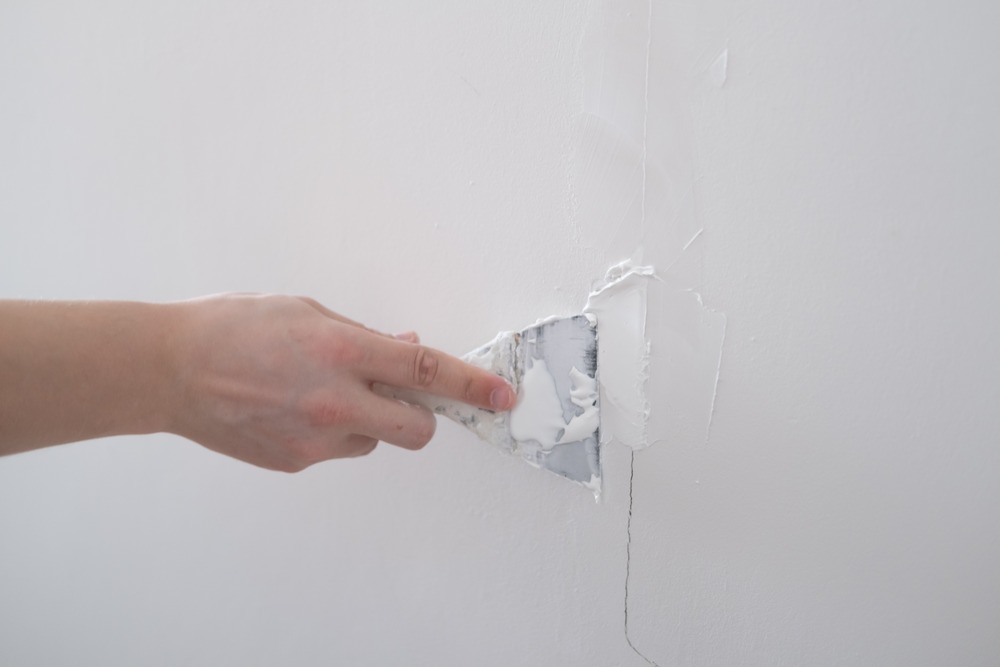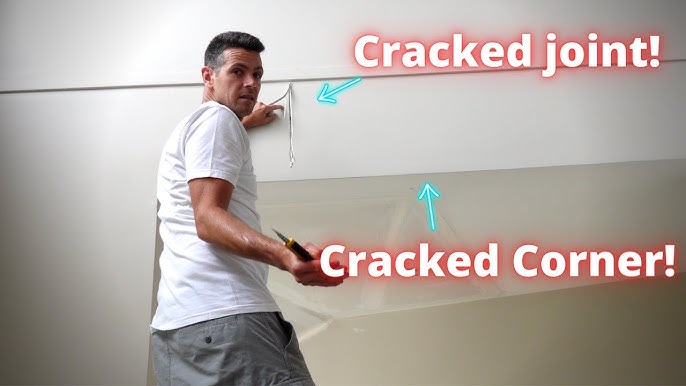A Comprehensive Overview to Learning Drywall Fixing and Installation
This overview provides a thorough exploration of drywall repair work and setup, catering to both novices and skilled experts. It outlines important devices, techniques for patching and hanging sheets, and the essential completing processes. Drywall Installation Ogden Utah. By understanding usual mistakes, people can achieve sleek results. Mastering these abilities not only improves one's home but likewise builds self-confidence in DIY undertakings. What fundamental tips will guarantee a successful task from begin to end up?
Important Tools for Drywall Repair and Setup
When starting on drywall repair service and installation, a few necessary tools can considerably enhance the performance and high quality of the work. A drywall knife, generally offered in different dimensions, is vital for using joint compound and smoothing seams. A taping blade is also required for feathering edges and ensuring a smooth surface. Furthermore, a drywall saw or energy knife permits exact cutting of drywall sheets to fit any kind of space.

Step-by-Step Overview to Patching Holes
Covering openings in drywall is a simple procedure that can bring back the wall's look and honesty. To begin, the area around the hole need to be cleaned up and any kind of loosened particles eliminated. For tiny openings, a straightforward spackle or joint compound can be applied with a putty knife. Larger openings may require a spot; a piece of drywall can be reduced to fit the hole, safeguarded with sticky or screws, and afterwards taped around the sides. Once the spot remains in location, joint substance is applied over the spot and feathery out to mix with the bordering wall. After the compound dries, sanding is necessary to achieve a smooth finish. The fixed area can be keyed and painted to match the rest of the wall surface. This approach ensures a smooth repair service, boosting the overall appearance of the drywall and keeping its architectural stability.
Techniques for Hanging Drywall Sheets
After effectively repairing holes in drywall, the following action involves hanging brand-new drywall sheets to develop a seamless surface. To attain this, one must begin by determining the wall area properly and cutting the drywall sheets to fit. It is essential to hang the sheets horizontally for far better structural stability, starting from the top and functioning downwards.
Making use of a drywall lift can streamline the process, particularly for ceiling setups. As soon as placed, securing the sheets with drywall screws at intervals of about 12 inches along the sides and 16 inches in the area is important. This guarantees a strong hold and minimizes the risk of drooping. For corners, the sheets ought to be cut to fit well, enabling cleaner seams. It is advisable to startle the joints in between sheets to enhance the total framework, producing a more durable finish all set for the following phase in the drywall setup procedure.
Completing Touches: Taping and Mudding
Finishing the drywall installment involves the essential actions of mudding and taping, which guarantee a polished and smooth finish. Taping requires the application of joint tape over the seams in between drywall sheets. Interior Painting. This tape can be either paper or fiberglass fit together, with each kind offering unique benefits. After taping, the following step is mudding, where joint substance, or "mud," is applied to cover the tape and fill up any type of flaws
Using a drywall blade, the compound ought to be spread evenly, guaranteeing a feathery edge to reduce noticeable modifications. Several coats are commonly needed, with sanding in between each layer to achieve a smooth surface. Cautious interest during this process is important, as it greatly affects the final look of the wall. With the ideal technique and patience, completion outcome will be a remarkable foundation prepared for paint or completing touches.
Common Mistakes to Avoid in Drywall Projects

An additional common mistake is not enabling enough drying out time in between layers, which can trap wetness and compromise the coating. Furthermore, overlooking to feather the sides correctly can develop noticeable lines and imperfections. Ultimately, avoiding sanding or making use of inappropriate methods might leave harsh places. By understanding these pitfalls, individuals can considerably enhance the quality of their drywall projects and attain a professional-looking coating.
Often Asked Concerns
Can I Fix Drywall Without Professional Assist?
Yes, one can repair drywall without professional help. With the right tools, materials, and support, people can successfully deal with small repair services. Substantial damage might need professional competence for excellent outcomes and longevity.
How Lengthy Does Drywall Compound Take to Dry?
Drywall substance commonly takes between 24 to two days to completely dry completely, depending upon factors such as humidity and temperature level. Thinner layers might dry out quicker, while thicker applications call for even more time for optimal outcomes.
What's the very best Type of Paint for Drywall?
The finest kind of paint for drywall is normally a water-based latex paint. It offers exceptional protection, durability, and simplicity of application, making it excellent for indoor walls while enabling easy cleanup with soap and water.
Just how Do I Protect Against Mold And Mildew on Drywall?
To stop mold on drywall, guarantee correct air flow, control moisture degrees, use mold-resistant materials, and without delay deal with any kind of leakages. Normal examinations and immediate removal of water damages are additionally important for long-term avoidance.
Is Drywall Recyclable After Elimination?
Drywall is recyclable after removal, supplied it is complimentary from contaminants like mold and mildew, paint, or other harmful materials. Recycling centers can refine it right into new products, advertising sustainability and decreasing land fill waste in building and construction.
When beginning on drywall repair service and setup, a few necessary devices can greatly improve the performance and quality of the work. After effectively repairing holes in drywall, the following action involves hanging new drywall sheets to produce a seamless surface. Finishing the drywall installation includes the vital steps of taping and mudding, which ensure a refined and smooth surface. Attaining a polished surface in drywall tasks can be difficult, and several common blunders can undermine the quality of the work. Yes, one can fix drywall without specialist help.